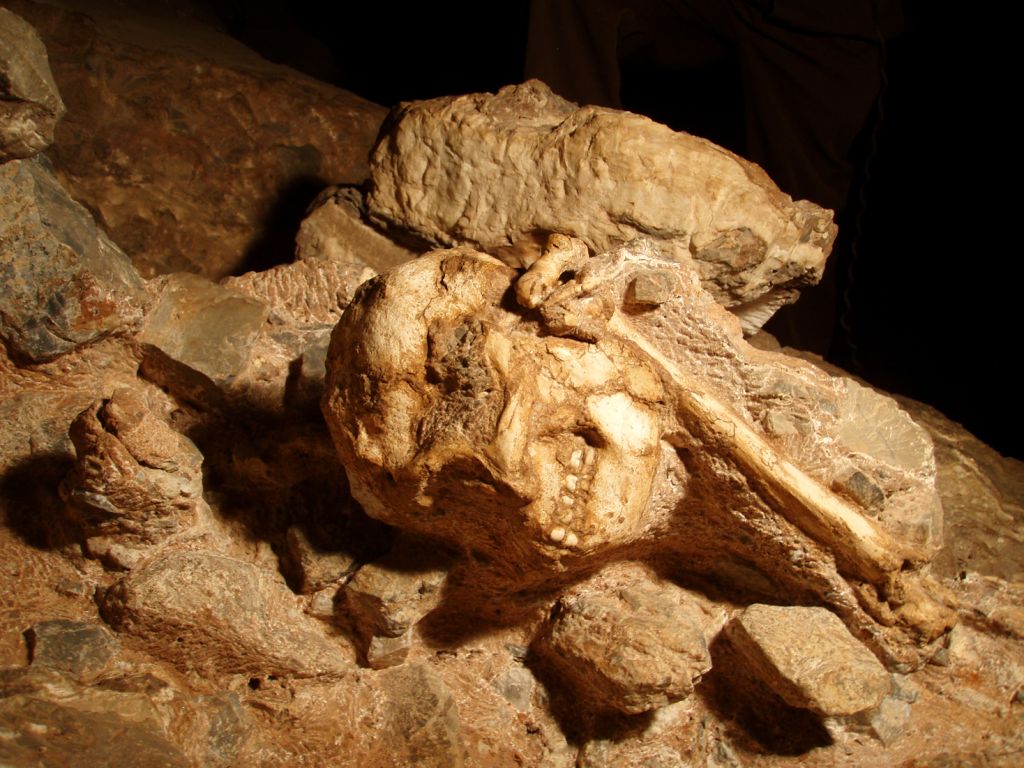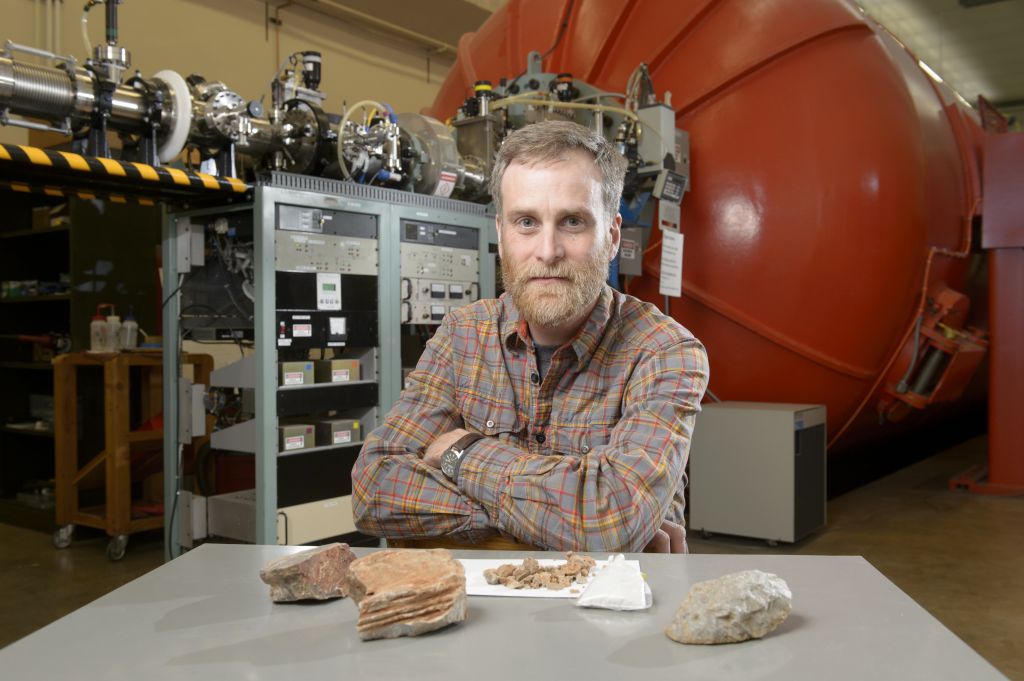Little Foot is 3.67-million years old!

Image courtesy of Wits University
Experts say the debate around the age of one of the most famous fossils found in the Cradle of Humankind has finally been resolved.
The team of scientists and paleoanthropology experts from South Africa, the US, Canada and France have announced that they can now state with confidence that Little Foot is 3.67-million years old. The announcement was made during a live video conference at Wits University in Johannesburg on Thursday.
The fossil was discovered by South African paleoanthropologist Ron Clarke, who discovered one of the fragments of the foot of the Australopethicus skeleton in a box of animal fossils in 1994. The fossils had been found at the Sterkfontein caves, which is recognised as being among the richest fossil sites in the world.
Three years later he discovered parts of the skeleton’s other foot at a medical school in Johannesburg.
“That told me that the rest of the skeleton had to be in the cave,” says Clarke.
It took his assistants a day and a half to discover what would eventually be recognised as the most complete Australopethicus skeleton ever found. It took 13 years of painstaking work to excavate the remains, which are still being carefully cleaned and reconstructed.
But uncertainty remained over how old the fossil actually was.
“We originally came up with an age on that fossil, which was 2-million years old and it seemed like a little bit too old,” says one of the report’s authors, Darryl Granger, of Purdue University in the US.
The breakthrough came when Granger and his team from Purdue University came up with a refined type of cosmogenic dating. Cosmogenic dating measures the radioisotopes (unstable chemical elements, which emit radiation) in rock samples around a skeleton to determine when the rocks were buried, which gives an indication of how long the skeleton was underground.

Image courtesy of Wits University
The method was refined through the use of gas-filled magnets in the university’s accelerator, which allowed a much higher degree of accuracy.
“We analysed rock samples from right around the skeleton and samples of stone tools from higher up in the cave and suddenly we were able to get measurements that we probably weren’t able to before. We’re able to show now with a high degree of confidence that the sediments around that skeleton are about 3.67-million years old. I think we’ve resolved the controversy around the age of that skeleton,” Granger says.
It was also initially believed that Little Foot, like Mrs. Ples (another famous fossil found in Sterkfontein) was of the species Australopithicus africanus. Clarke has since identified the species as Australopithicus prometheus, a species that was first identified in Limpopo in 1948.
“Prometheus had a larger face, flatter features and more bulbous cusps on their teeth,” Clarke says.
He says the significance of the find is that it shows that prometheus is an older relative of Lucy, an Australopithicus afarensis skeleton which was found in Ethiopia. That specimen was dated as 3.18-million years old.
“This shows that Australopithicus afarensis wasn’t the only old ancestor around at that time. We have to consider that there could be many more undiscovered species that emerged from elsewhere,” he says.
Maropeng acting general manager, Lindsay Marshall has welcomed the news.
“This date reaffirms the huge significance of this fossil discovery and reaffirms the profound significance and contribution the area of the Cradle of Humankind has made to our understanding of human history,” she says.